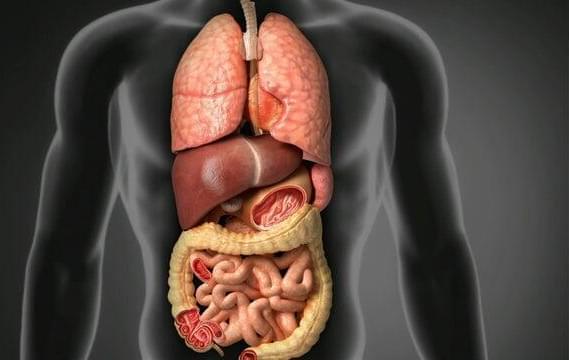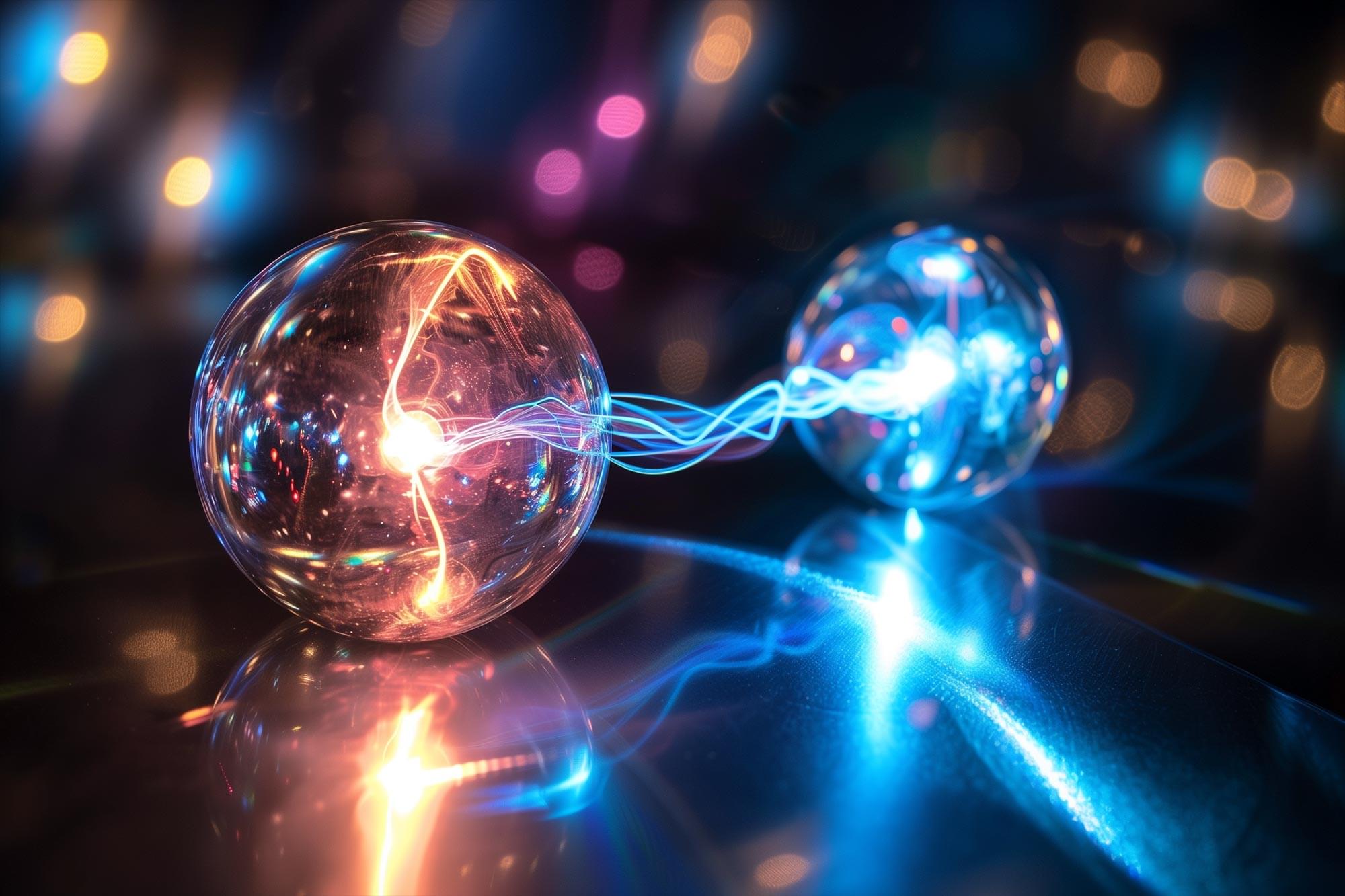Researchers at the University of Minnesota have completed a first-in-human clinical trial testing a CRISPR/Cas9 gene-editing technique to help the immune system fight advanced gastrointestinal (GI) cancers. The results, recently published in The Lancet Oncology, show encouraging signs of the safety and potential effectiveness of the treatment.
“Despite many advances in understanding the genomic drivers and other factors causing cancer, with few exceptions, stage IV colorectal cancer remains a largely incurable disease,” said Emil Lou, MD, Ph.D., a gastrointestinal oncologist with the University of Minnesota Medical School, Masonic Cancer Center and M Health Fairview, and clinical principal investigator for the trial. “This trial brings a new approach from our research labs into the clinic and shows potential for improving outcomes in patients with late-stage disease.”
In the study, researchers used CRISPR/Cas9 gene-editing to modify a type of immune cell called tumor-infiltrating lymphocytes (TILs). By deactivating a gene called CISH, the researchers found that modified TILs were better able to recognize and attack cancer cells.









